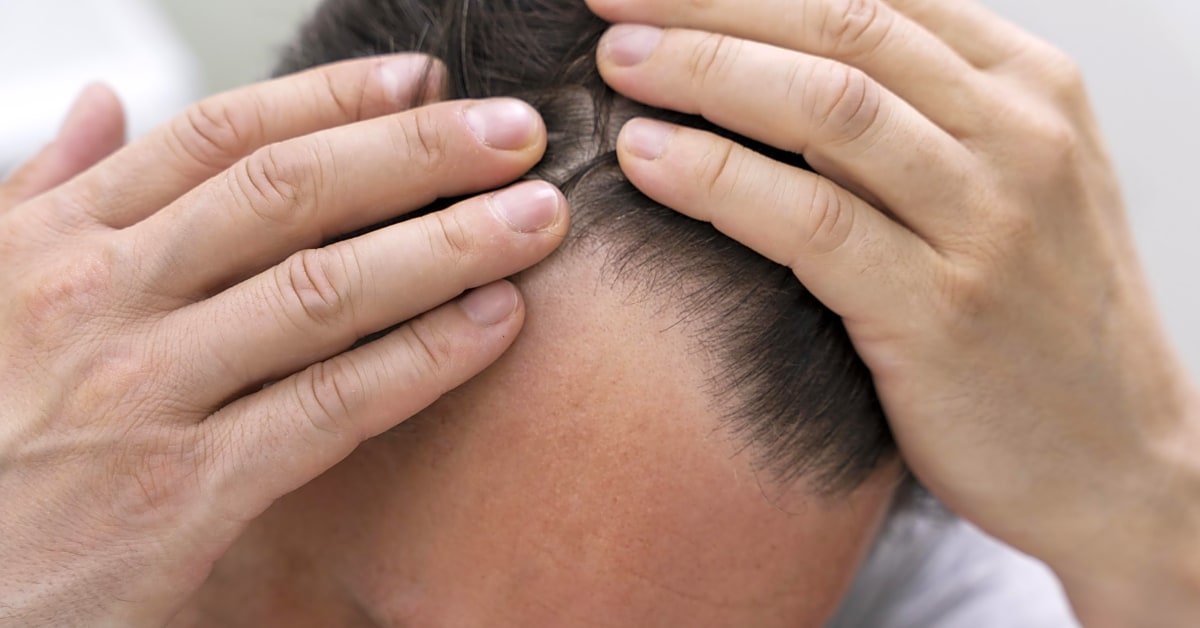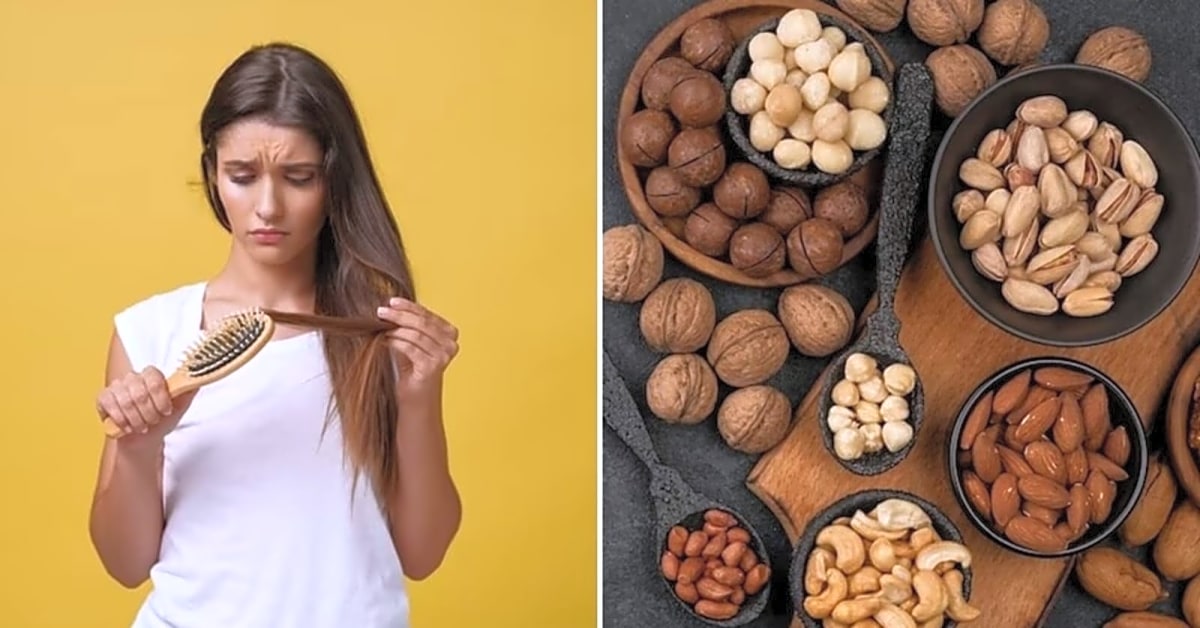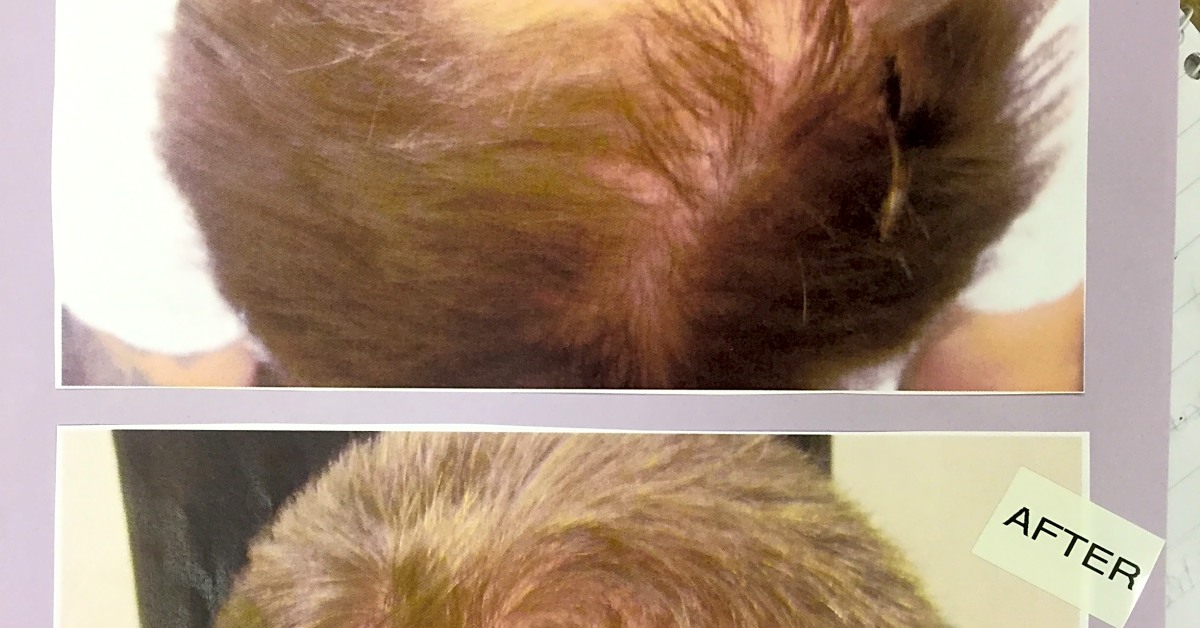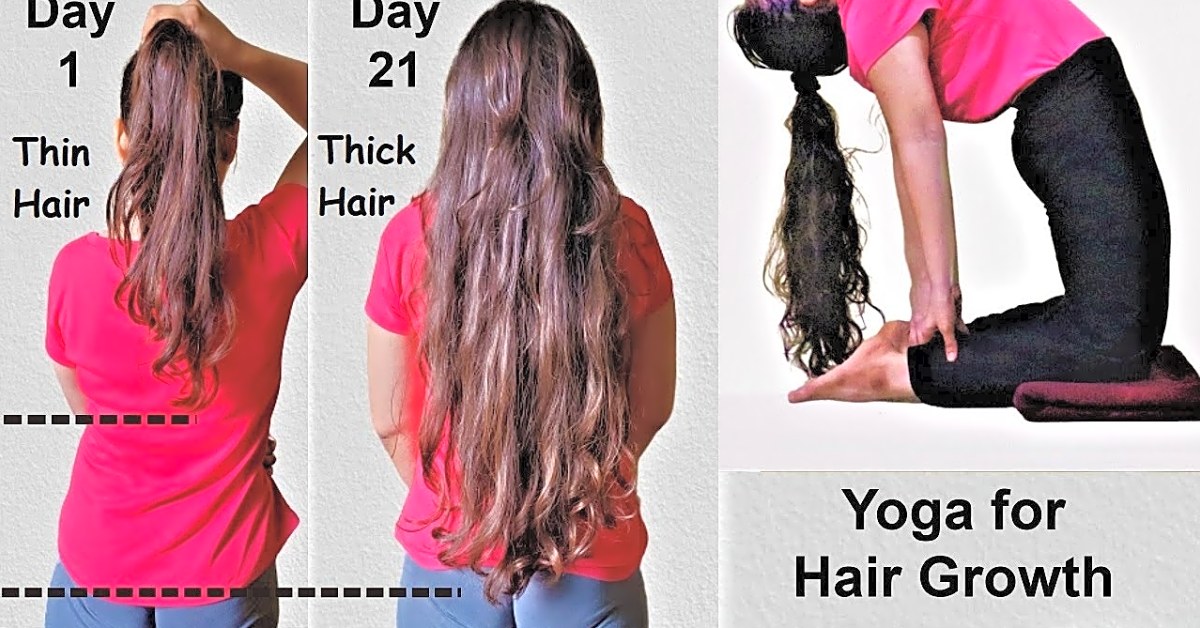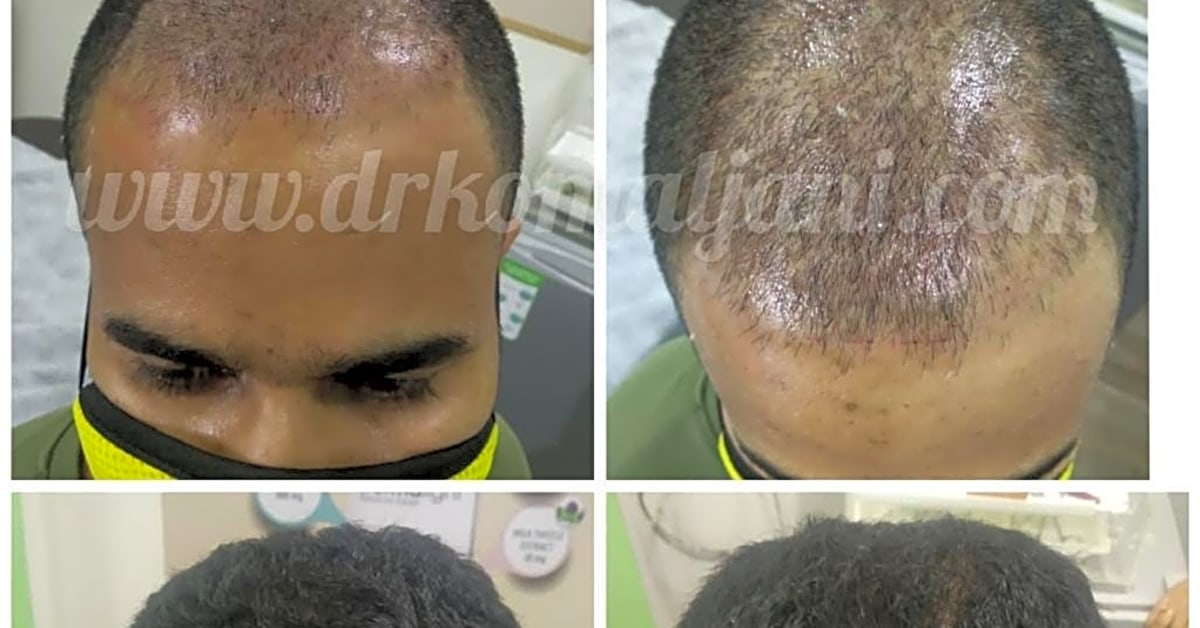Managing other common scalp issues is a crucial aspect of men’s hair care that often gets overlooked. While dandruff may be the most well-known scalp condition, there are several others that can affect the health and appearance of your hair. Whether you’re dealing with dryness, itchiness, or even hair loss, it’s important to understand how to properly manage and treat these issues in order to maintain a healthy scalp and luscious locks. In this article, we’ll delve into some tips and techniques for managing other common scalp issues, providing you with the knowledge and tools you need to achieve a healthy and vibrant head of hair. So, if you’re tired of dealing with pesky scalp issues, keep reading to learn how to effectively manage them and transform your hair care routine.
Are you struggling with managing your hair? As men, it can be difficult to navigate through the various hair types and concerns that we may have. It’s important to understand your hair type and how it can affect your hair care routine.
For those with curly or black hair, it’s essential to use products and techniques that cater to these specific hair types. This may include using a wide-tooth comb instead of a brush, using leave-in conditioners, and avoiding heat styling tools. By understanding your hair type, you can create a hair care routine that works best for you.
Thinning or damaged hair is a common concern for many men. To address these issues, it’s important to use products that promote hair growth and strengthen the hair. Look for shampoos and conditioners with ingredients like biotin and keratin. In addition, incorporating scalp massages and avoiding tight hairstyles can also help improve hair health.
Dealing with dandruff or an oily scalp can be frustrating, but there are ways to manage it effectively. For those with dandruff, using a medicated shampoo with ingredients like salicylic acid or tea tree oil can help reduce flakes and soothe the scalp. For an oily scalp, look for shampoos with clarifying ingredients like apple cider vinegar or tea tree oil to help balance the scalp’s natural oils.
It’s also important to note that scalp issues can be caused by various factors such as diet, stress, and genetics. Therefore, it’s crucial to not only focus on external solutions but also consider lifestyle changes that can contribute to a healthier scalp.
Real-life examples of individuals who have successfully managed their scalp issues can also provide valuable insight. For example, John struggled with dandruff for years until he started using a medicated shampoo and incorporated scalp massages into his hair care routine. His scalp is now healthier and dandruff-free.
In conclusion, managing other common scalp issues for men’s hair care requires understanding your hair type and specific concerns, using the right techniques and products, and making necessary lifestyle changes. By incorporating these tips and tricks into your hair care routine, you can achieve a healthy and manageable scalp.
Understanding Your Hair Type
When it comes to managing other common scalp issues, understanding your hair type is crucial. Different hair types require different care and products, so it’s important to know which category your hair falls under. Here are some tips on how to care for different hair types:
1. Thin or Thinning Hair: If you have thin or thinning hair, it’s important to use gentle products that won’t weigh down your hair. Look for volumizing shampoos and conditioners that will add body and fullness to your locks. Avoid heavy oils and serums, and instead opt for lightweight leave-in products.2. Damaged Hair: If your hair is damaged from heat styling or chemical treatments, focus on repairing and nourishing your strands. Look for products with keratin, protein, and moisturizing ingredients to help strengthen and restore your hair’s health.3. Curly or Black Hair: Curly and black hair often requires extra moisture and hydration. Look for moisturizing shampoos and conditioners, and consider incorporating a deep conditioning treatment into your routine once a week. Avoid brushing your hair when it’s dry to prevent breakage, and use a wide-tooth comb instead.4. Oily Scalp: For those with an oily scalp, it’s important to use products that will balance the scalp’s natural oils without stripping them completely. Look for clarifying shampoos that will remove excess oil and buildup without drying out your scalp.
Managing Dandruff or Oily Scalp
If you’re dealing with dandruff or an oily scalp, you know how frustrating it can be to constantly deal with flakes, itchiness, and greasiness. However, with the right tips and tricks, you can achieve a healthy scalp and say goodbye to these pesky issues.
The first step in managing dandruff or an oily scalp is to choose the right shampoo. Look for products that contain ingredients like salicylic acid, tea tree oil, or zinc pyrithione, which help to control dandruff and excess oil production. It’s also important to avoid shampoos with harsh chemicals that can strip your scalp of its natural oils.
In addition to using the right shampoo, it’s crucial to maintain a consistent hair washing routine. For those with dandruff, washing your hair every other day can help keep flakes at bay. If you have an oily scalp, you may need to wash your hair daily to control excess oil production.
Another helpful tip for managing dandruff or an oily scalp is to incorporate a scalp scrub into your routine. These gentle exfoliators can help remove buildup and dead skin cells from your scalp, promoting a healthier environment for hair growth.
Lastly, consider incorporating natural remedies into your hair care routine. Ingredients like apple cider vinegar, aloe vera, and rosemary oil have anti-inflammatory properties that can soothe an irritated scalp and help balance oil production.
By following these tips and tricks for a healthy scalp, you can effectively manage dandruff and oily scalp issues and achieve luscious, healthy hair. Remember to always listen to your scalp’s needs and adjust your routine accordingly for the best results.
Dealing with Thinning or Damaged Hair
Thinning and damaged hair can be a common issue for men, especially as they age. It can be caused by a variety of factors such as genetics, stress, and poor hair care habits. But don’t worry, there are effective techniques and product recommendations that can help you manage and improve the appearance of your thinning or damaged hair.
Techniques for Managing Thinning or Damaged Hair:
1. Use gentle hair care products: Avoid harsh chemicals and opt for gentle and natural products that won’t further damage your hair.
2. Massage your scalp: Massaging your scalp helps stimulate blood flow and promotes hair growth.
3. Use a wide-toothed comb: Using a wide-toothed comb can prevent breakage and damage to your hair.
4. Avoid tight hairstyles: Tight hairstyles like ponytails or man buns can cause stress on your hair and lead to further damage.
5. Trim regularly: Regular trims can help remove split ends and promote healthy hair growth.
Product Recommendations:
1. Nioxin Hair System Kit: This kit includes a shampoo, conditioner, and treatment that work together to strengthen and nourish thinning hair.
2. Moroccanoil Treatment: This oil treatment helps repair damaged hair and adds shine without weighing it down.
3. Biotin Supplements: Biotin is a vitamin that promotes healthy hair growth and can help improve the appearance of thinning hair.
Remember, managing thinning or damaged hair takes time and patience, but with the right techniques and products, you can achieve healthier and fuller-looking hair.
In conclusion, proper hair care is essential for maintaining healthy hair. By understanding your hair type and addressing common scalp issues, you can achieve strong, luscious locks. With the tips and techniques provided in this article, you’ll be on your way to a great hair care routine.

